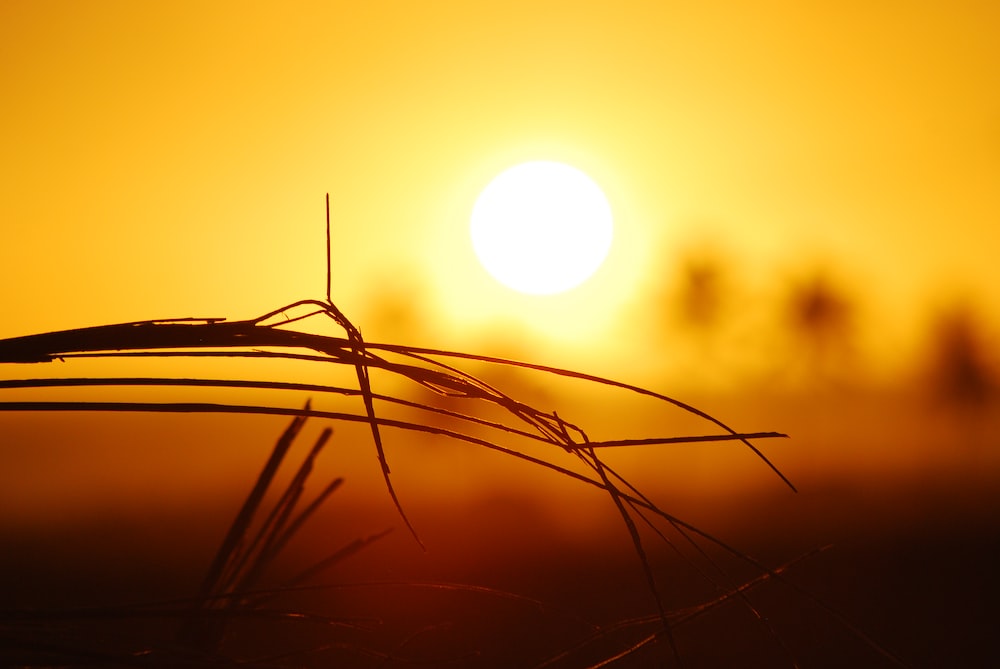Recently we were breathlessly warned that Ottawa was rocketing up the lists for most days over 30° C. Yes, folks, in early July the nation’s capital shot from 79th to 68th place with 60th in sight. And by late July it was all the way up to 29th place. But the odd thing is that the top 5 years were all… (in ascending order) 1911, 1949, 1921, 1955 and 1876. Spot the pattern? Nor could we.
Famously, if you generate a set of readings using random numbers, even simply flipping a coin, you get pseudo-patterns, like those apparent paths in the woods that peter out after a few meters or tens of meters. Sometimes heads are on a roll, coming up eight times in 10. Sometimes tails. But for that reason a few hot years is not a trend (nor are a few cool ones) even if they’re not linked to some non-climate-related cause like an El Nino.
If someone throws dice a dozen times and gets seven every time, you might start wondering if they possibly tampered with them. And if you really did get a reliable pattern where the years kept getting hotter with minor fluctuations, you could reasonably suggest that something was going on, though even then you’d have to do a more plausible job of filtering out natural cycles than the computer models that just assume they don’t exist. But when you’re breathlessly closing in on a temperature record from 1921, it means the square root of nothing at all. Especially if 3rd place is held by 1916, 4th by 1955, 5th by 2018 and 6th by 1887. It’s the sort of thing you’d get from a monkey throwing darts.
Then there’s the hype. For instance back on Canada Day BC set several records for high temperature. But you probably didn’t hear much about them because Vancouver’s record was for the lowest high temperature on Canada Day since 1960, just 14.8 °C, the average being 21. Now imagine if Vancouver had broken the previous high with a temperature seven degrees above average.
In Chilliwack it was even more remarkable: the high of 13.5 °C was the lowest in recorded history, a term here meaning “in 139 years”. Which got us curious, so we had a look around. Seems that if you go east from Chilliwack, which is now essentially a suburb of Vancouver, into the B.C. interior, Summerland and nearly Kelowna, the town whose mayor blamed the 2017 flooding and wildfires on climate change, also both set records in June. Also for low daily highs. Kelowna’s 12.8° C high on June 14 beat the 1912 record by over 2 degrees, while Summerland shaved half a degree off its 1912 record.
Then we checked the average temperatures for neighboring Washington State since 1895 and found that the hottest by a whole degree was 2016. But in 2nd place was 1934 and in 3rd 1958 whereas 1915 was the coldest, 1955 2nd and 1985 3rd. 2018 was also quite warm, nearly as warm as 1940. But after 2015 temperature plunged and 2019 was less than half a degree above the long-term average. What does it all mean? That weather is variable.



People often confuse local weather with global climate. Global warming is blamed for local weather if the weather is hotter than recent memory, but otherwise nothing is said about it.
We choose 'truth over facts!' Enough of this conflating actual science with our reality. The Arctic IS ice free, just like Al said it would be, an' polar bears ARE extinct, an' puffins are penguins ... just ask screamin' climate Barbie. An' the coldest year on record for North America was 1936 ... an' CO2 kills plants. Did I forget anything? Oh yeah, an' poor kids are just as bright and just as talented as White kids ...
Thanks John.
...in addition to which, Ottawa was experiencing a record cold spell in the Spring. At the end of the year, it will just be an average year.
Again a couple of beefs I have with environment canada. My local weather at Sydney, NS gives a 'normal high and low temp'. Fair enough. Then in the averages & extremes drop down box it gives 'average high and low' temp. The problem is that at this location the average and normals seldom agree. This is not the same for all locations to be fair. But it does somewhat dance around things. My other beef is with 'feels like' temperatures. It is a widely broadcast number. Its 23c and it feels like 30c. Then in conversation people say its 30c. No. Its 23. I find this very annoying. I dont need someone to tell me what it 'feels' like. Its 23 and humid. Good enough.
I agree. Humidex is ridiculous. I find 30C and dry much more comfortable than 25C with humidex of 30C, for example. They are not the same. High humidity is simply uncomfortable. When it's not humid you go it the shade and the temperature drops. When it's humid not so much. So, why don't we have "shade temperature" or "cloudy temperature". Why don't we have wind chill in summer? I speculate that it's to make things seem worse than they are. We want to know how much we are suffering. Even if inside an airconditioned house. Thus "wind chill" in winter but no talk of humidex because.... it's too complicated. Or something.
Same here in the boonies north-east of Toronto. Coldest May I remember. Hottest July I remember.
According to the Canadian Broadcasting Corporation, frozen Canadians will have to accept major lifestyle changes to keep from burning up.
This video examines the latest fake temperature graphs from NASA and NOAA.
https://youtu.be/mGe9JO58Uc8